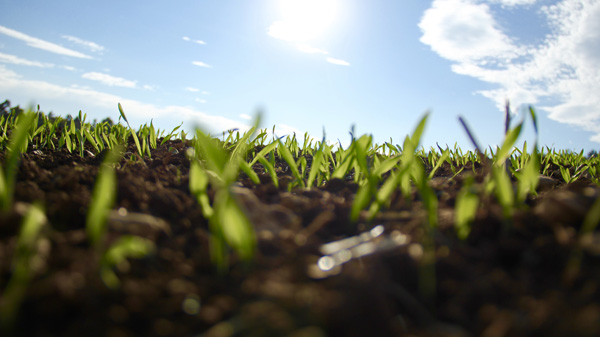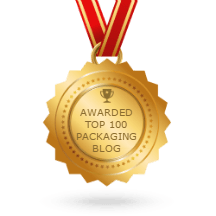Biodegradable Packaging: Addressing Common Questions
Sustainable packaging matters to consumers: in a recent survey, two-thirds of consumers said that environmentally friendly packaging is the most important action a brand can take to demonstrate its commitment to sustainability[1].
At first glance, biodegradable packaging may seem like the Holy Grail of green packaging, and an easy way to win over eco-conscious consumers. However, in terms of sustainability, biodegradable packaging is the least commonly understood technology and some users are skeptical that truly biodegradable packaging can also be as functional as its non-degradable counterparts.

Here are some common questions we receive about our biodegradable packaging, along with our answers:
1. Is biodegradable packaging shelf stable?
While we can’t guarantee the lifetime stability of another supplier’s biodegradable packaging, Emmerson Packaging’s SmartPack—BDG™ and PetPack-BDG™ offer the shelf life you’d expect from a regular polyethylene package. Our biodegradable packaging only degrades in the unique conditions of a landfill, even if the contents of the package are moist.
2. Is biodegradable packaging really better for the environment? Isn’t recycling a better option?
The answer to this question depends on a few factors—how sustainably the packaging is produced and existing composting / recycling infrastructure being the most important. Emmerson Packaging’s SmartPack–BDG™ and PetPack-BDG™ will degrade in a landfill if it is placed in regular garbage, but is also fully recyclable if the consumer prefers, creating a positive environmental impact regardless of municipal recycling infrastructure.
3. Is biodegradable packaging convenient and easy to use? Will our existing customers still like it?
Good quality biodegradable packaging doesn’t compromise on functionality. In fact, your existing customers may not even notice a difference between a biodegradable package and a traditional flexible package (although, given the results of the survey cited above, you should let them know!). At Emmerson Packaging, we offer multiple closure options and convenience features for biodegradable packaging options.
4. Is biodegradable packaging more expensive?
Biodegradable packaging costs more than traditional flexible packaging. However, if you transition from rigid packaging to flexible biodegradable packaging, you could enjoy a significant cost savings in terms of warehousing and transportation.
Sustainable packaging is a premium feature, meaning consumers can be more willing to pay a premium price. In fact, a 2015 survey found that 52% of consumers are willing to pay more for food and beverage products that have been sustainably produced[2], representing an opportunity for product premiumization when transitioning to sustainable biodegradable packaging.
5. How will my existing graphics look on biodegradable packaging?
Good news—you don’t have to compromise on the appearance of your flexible biodegradable packaging. Anything that can be printed on a traditional package can be printed with equal brilliance on Emmerson Packaging’s SmartPack-BDG™ or PetPack-BDG™! You can trust the flexographic printing experts with 60 years’ experience with your biodegradable packaging project.
Ready to learn more about your biodegradable packaging options? Click here to contact Emmerson Packaging’s Project Central team!


